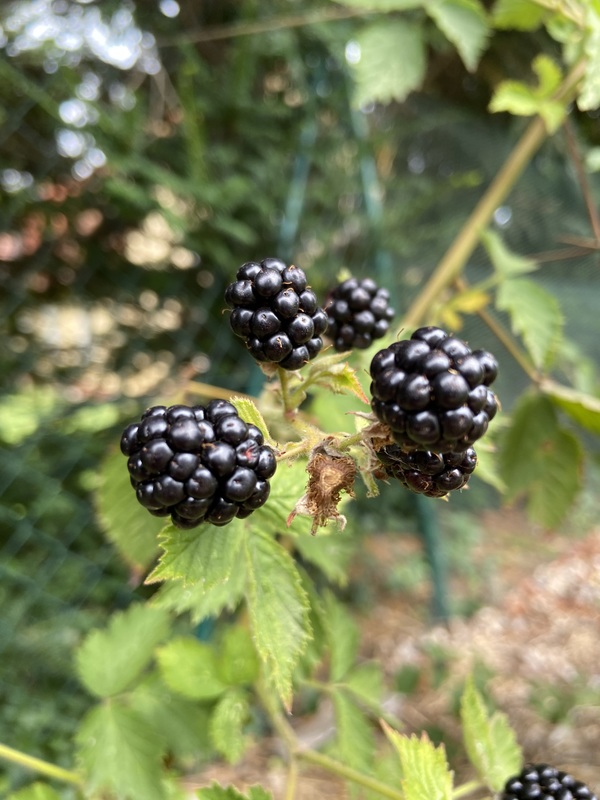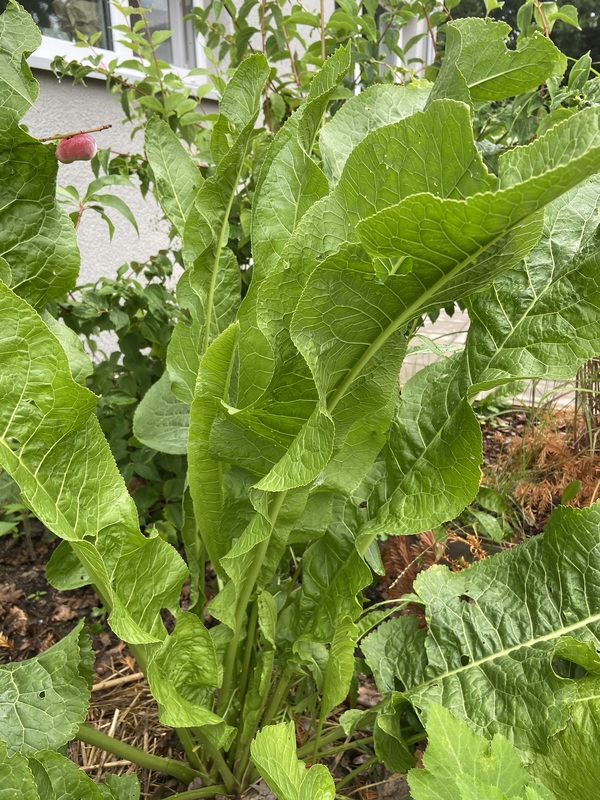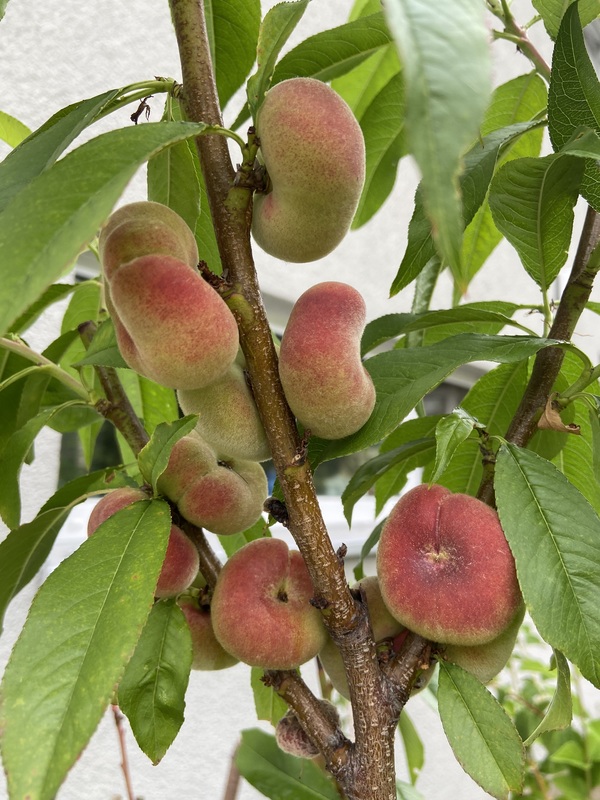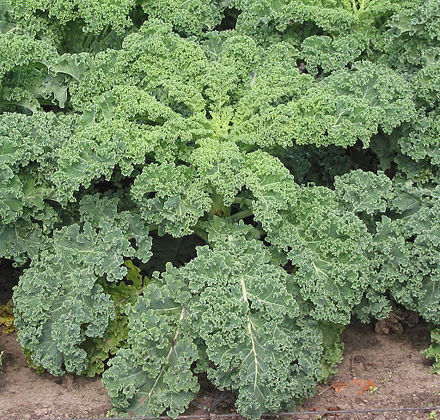Description
The persimmon, also known as Diospyros kaki, is a deciduous tree that is native to China. It is widely cultivated for its edible fruit, which is known for its sweet, slightly tangy flavor. The persimmon tree typically grows to be between 20 and 40 feet tall, with a spreading canopy. It has glossy, oblong leaves that are dark green in color, and small, yellow-orange flowers that bloom in the spring.
The persimmon fruit is oval in shape and can range in size from 1 to 4 inches in diameter. It has a thin, papery skin that ranges in color from orange to deep red. The fruit has a firm, slightly grainy texture and is often eaten when it is ripe and soft. The persimmon fruit is rich in vitamins A and C, as well as dietary fiber. It can be eaten fresh, or it can be dried and used in baking.
Persimmon trees prefer well-drained, slightly acidic soil and full sun exposure. They are drought-tolerant and can be grown in a wide range of climates. In colder climates, persimmon trees can be grown in containers and brought indoors during the winter months. To cultivate persimmon trees successfully, they should be planted in the early spring and watered regularly during the first growing season.
Persimmon trees can be propagated by planting seeds from the fruit, or by rooting stem cuttings. They are generally low maintenance and do not require pruning, although they may benefit from regular fertilization. Persimmon trees are winter hardy and can withstand temperatures as low as -20 degrees Fahrenheit. In areas with colder climates, it is important to provide the trees with proper protection in order to ensure their survival during the winter months.
Persimmon trees are valued for their edible fruit, as well as their ornamental qualities. In addition to being eaten fresh, the fruit can be used to make jams, jellies, and other preserves. The leaves of the persimmon tree can be used as a natural dye, and the wood is often used in woodworking and for making furniture. Persimmon trees are also valued for their ability to provide food and shelter for wildlife, including birds, small mammals, and insects.





